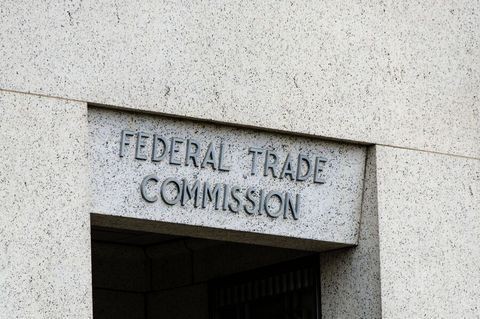Patent Law Alert: Willful Infringement Requires a Threshold Judicial (Not a Jury) Finding of Objective Recklessness
Client Alert | 2 min read | 06.18.12
On February 10, 2012, the Federal Circuit affirmed a jury's determination of willful infringement and a district court's subsequent award of $371 million in enhanced damages. That victory was taken away, however, when the Federal Circuit vacated its earlier ruling and issued a new panel decision in Bard Peripheral Vascular, Inc. v. W.L. Gore & Associates, Inc., Case No. 2010-1510 (Fed. Cir., June 14, 2012). The new decision builds on the 2007 Seagate test for willfulness and adds a further refinement that a judge, not a jury, must make a threshold objective assessment of an accused infringer's defenses in view of the risk presented by an asserted patent. If a judge first determines that an accused infringer's actions are objectively reckless, then a jury may be allowed to subjectively determine whether the risk of infringement was known to the infringer. The final determination of willful infringement is therefore a two-part test. The first part is performed by a judge as a matter of law, subject to de novo review. The second part is performed by a jury as a matter of fact and is reviewed for substantial evidence.
Before the Bard Peripheral Vascular decision, the two-pronged Seagate test for willfulness was treated as a question of fact where the decision-maker for both prongs was the jury. After reviewing Supreme Court precedent, however, the Federal Circuit in this case concluded that it had been an over-simplification to assume that both prongs of the willfulness test are completely factual. While the second subjective prong of the analysis may be factual, the first prong requires a threshold legal determination of objective recklessness. The Federal Circuit recognized that the determination of objective recklessness may include mixed questions of law and fact. Nevertheless, the Court reasoned that a district court judge is in the best position to make the objective determination. As a result, the Federal Circuit ruled that objective recklessness should be a matter of law to be determined by a judge and reviewed de novo on appeal.
Willful infringement arguably became significantly harder to prove after Seagate, and now it will likely be even harder. Experience suggests that a judge is less likely to find objective recklessness than a jury, as a jury may be more prone to being swayed by emotion or other facts not directly relevant to the allegedly willful behavior. Moreover, as the Federal Circuit observed, one test for objective recklessness is whether a reasonable litigant could realistically expect its defenses to succeed. Many patent defenses involve very subtle and sometimes difficult concepts. Such defenses, which might appear unreasonable to a lay jury, may, on the other hand, seem quite plausible to a patent-savvy judge.
Finally, it is possible that the new treatment of the two-prong Seagate standard might encourage judges to conduct a special proceeding, much like a Markman hearing, to determine whether the defenses asserted by an accused infringer are objectively reasonable. Such a proceeding could clarify the factual issues, so a jury could focus solely on the task of determining whether the accused infringer knew of the risk of infringement.
Contacts
Insights
Client Alert | 1 min read | 01.20.26
FTC Announces Annual Update to HSR and Section 8 Thresholds
The Federal Trade Commission (FTC) has announced its annual updates to the thresholds and filing fees related to the Hart-Scott-Rodino Antitrust Improvements Act of 1976 (the HSR Act). These dollar thresholds are indexed annually based on changes in the U.S. gross national product and the Consumer Price Index.
Client Alert | 6 min read | 01.16.26
Trump Administration Rolls Out New DOJ Division for National Fraud Enforcement
Client Alert | 4 min read | 01.15.26
Access to Public Domain Documents Pilot: Practice Direction 51ZH
Client Alert | 4 min read | 01.14.26



